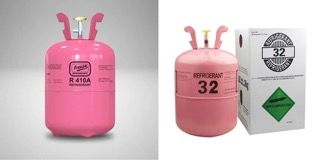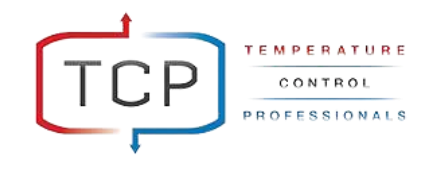UPCOMING CHANGES IN HVAC REFRIGERANTS: WHAT YOU NEED TO KNOW
BIG CHANGES COMING TO HVAC REFRIGERANTS
WHAT'S HAPPENNING?
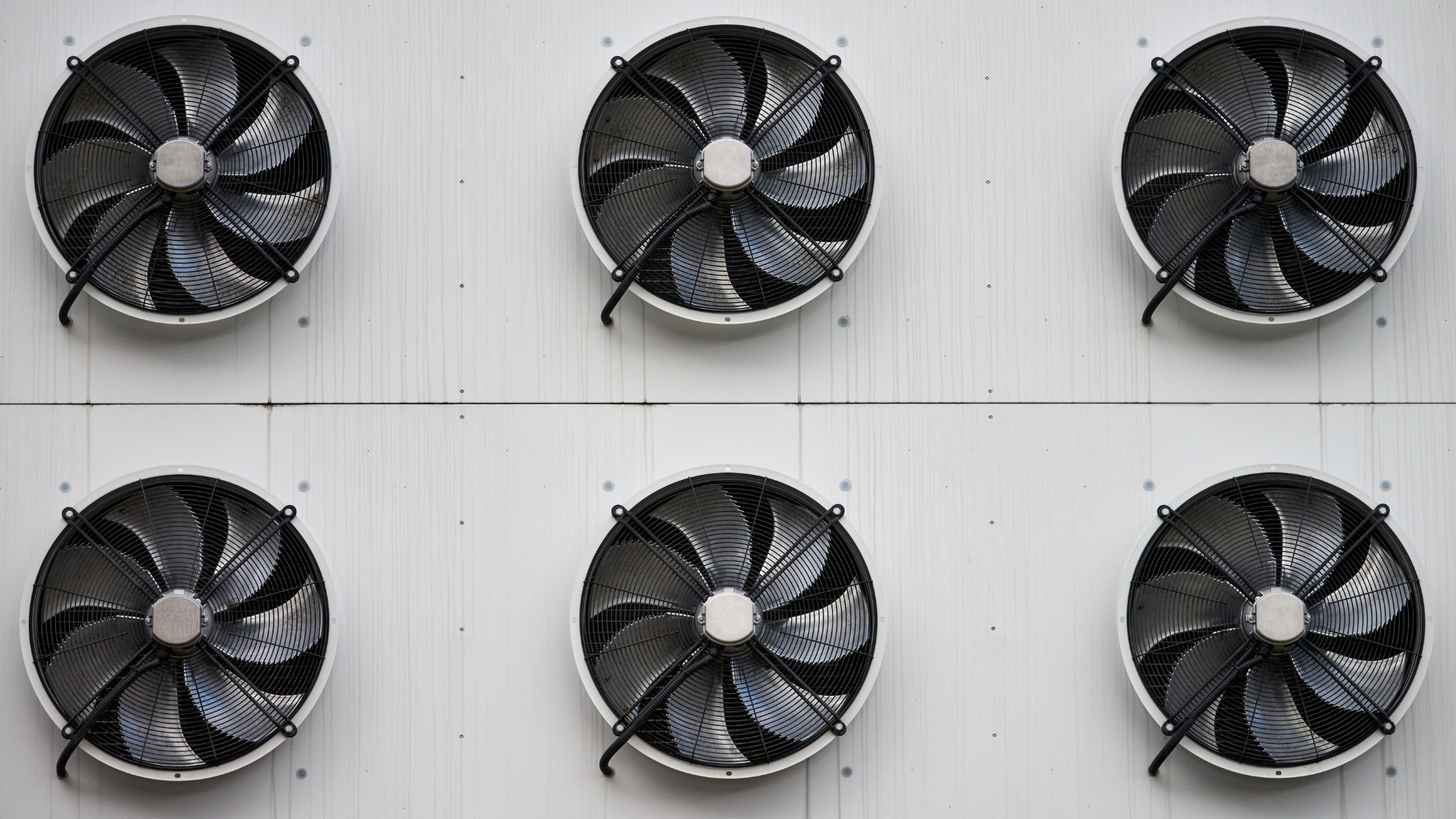
Big changes are coming in 2025. The refrigerant R-410A, used in many air conditioners and heat pumps, will start being phased out. The Environmental Protection Agency (EPA) is behind this move. Their goal is to reduce harmful chemicals. These chemicals contribute to global warming. This change is part of a bigger plan to protect our planet. this default text and start typing your own or paste your own from a different source.
WHY IS THIS IMPORTANT?

R-410A is a type of hydrofluorocarbon (HFC) that has a high Global Warming Potential (GWP). The EPA’s goal is to cut down the use of these harmful chemicals to protect our environment. By 2036, they aim to reduce HFC usage by 85%.
WHAT IS THE AIM ACT?
THE AIM ACT: WHAT YOU NEED TO KNOW

The American Innovation and Manufacturing (AIM) Act is a law passed in 2020 to control and reduce the use of HFCs like R-410A. The Act will:
Reduce HFC production and consumption.
Promote safer alternatives.
Implement strict regulations to enforce these changes.
WHEN WILL THIS CHANGES HAPPEN?
The phase-out of R-410A started in 2020 and will continue through 2036. The first major cutbacks begin in 2025.
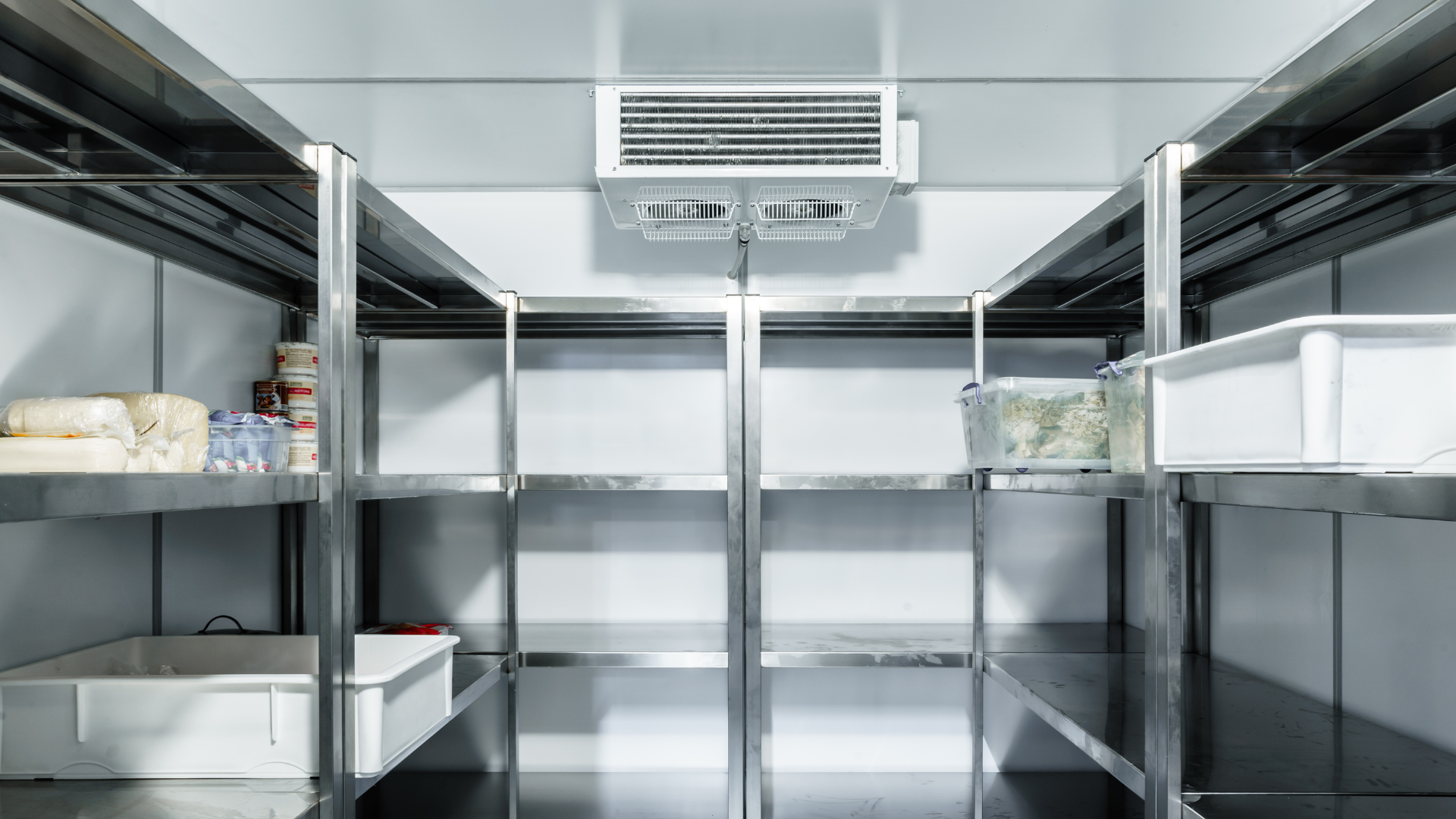
HOW WILL THIS AFFECT THE HVAC SYSTEM?
New Limits for Refrigerants
Starting January 1, 2025, there will be new GWP limits for different HVAC systems:
Home dehumidifiers: 700 GWP
Home and light commercial air conditioning: 700 GWP
Comfort cooling chillers: 700 GWP
Residential refrigerators: 150 GWP
Commercial ice machines: 150 GWP
Ice rinks: 150 GWP
Cold storage warehouses: 150-300 GWP
Vending machines: 150 GWP
Supermarket refrigeration: 150-300 GWP
Industry Reaction
Many HVAC businesses are concerned about these new rules, especially small companies. Despite this, the EPA plans to move forward with the changes.
THE FUTURE: A2L REFRIGERANTS
WHAT ARE A2L REFRIGERANTS?
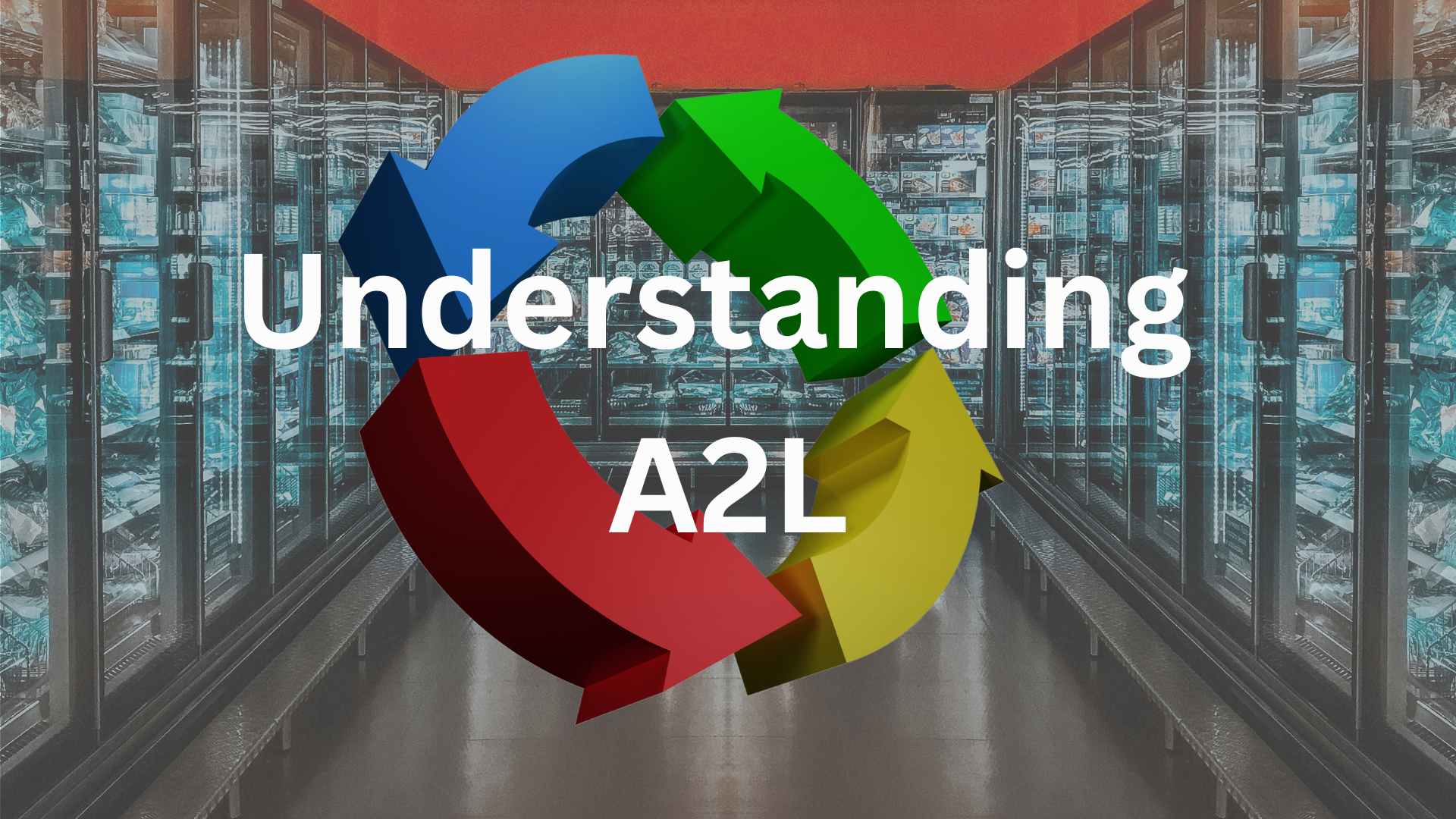
As R-410A is phased out, we’ll start using A2L refrigerants like R-32. These new refrigerants have a lower GWP, which means they’re better for the environment. However, they are mildly flammable, so extra safety measures are needed.
UNDERSTANDING ASHRAE CLASSIFICATIONS
We proudly serve major commercial clients such as Denny's, Pizza Hut, and Checkers, delivering top-notch solutions for their specific needs. Our expertise and dedication ensure exceptional service and reliable results for every project.
Working with A2L refrigerants requires careful handling to prevent fire risks. This includes proper grounding of equipment and checking for ignition sources before starting any work.
Class A: Low toxicity (safe to breathe)
Class B: High toxicity (unsafe to breathe)
Class 1: No flame (safe from fire)
Class 1: No flame (safe from fire)
Class 2L: Mildly flammable
Class 3: Highly flammable
THE FUTURE: A2L REFRIGERANTS
WHAT ARE A2L REFRIGERANTS?

As R-410A is phased out, we’ll start using A2L refrigerants like R-32. These new refrigerants have a lower GWP, which means they’re better for the environment. However, they are mildly flammable, so extra safety measures are needed.
PRACTICAL TIPS FOR HANDLING AA2L REFRIGERANTS
EVACUATION, CHARGING, AND RECOVERY
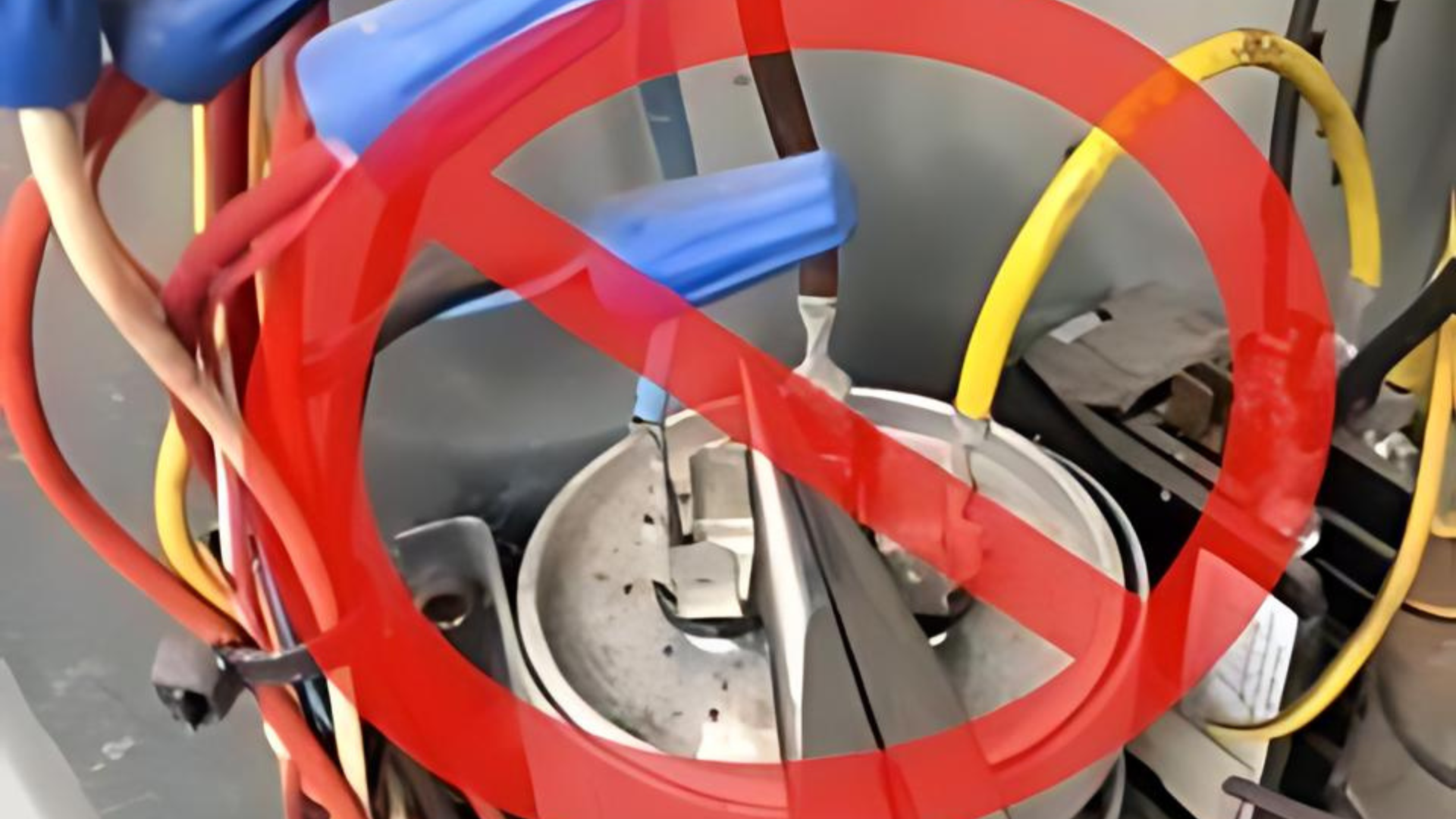
The processes for using A2L refrigerants are similar to those for older refrigerants, but always follow manufacturer guidelines and use the right equipment.
Disposal
A2L refrigerant tanks have a unique silver color with a red stripe. Make sure to fully evacuate and puncture these tanks safely for disposal.
No Retrofits
You cannot use A2L refrigerants in systems designed for older refrigerants. Each system is specifically built for its designated refrigerant type.
STAY INFORMED AND PREPARED
what's next?
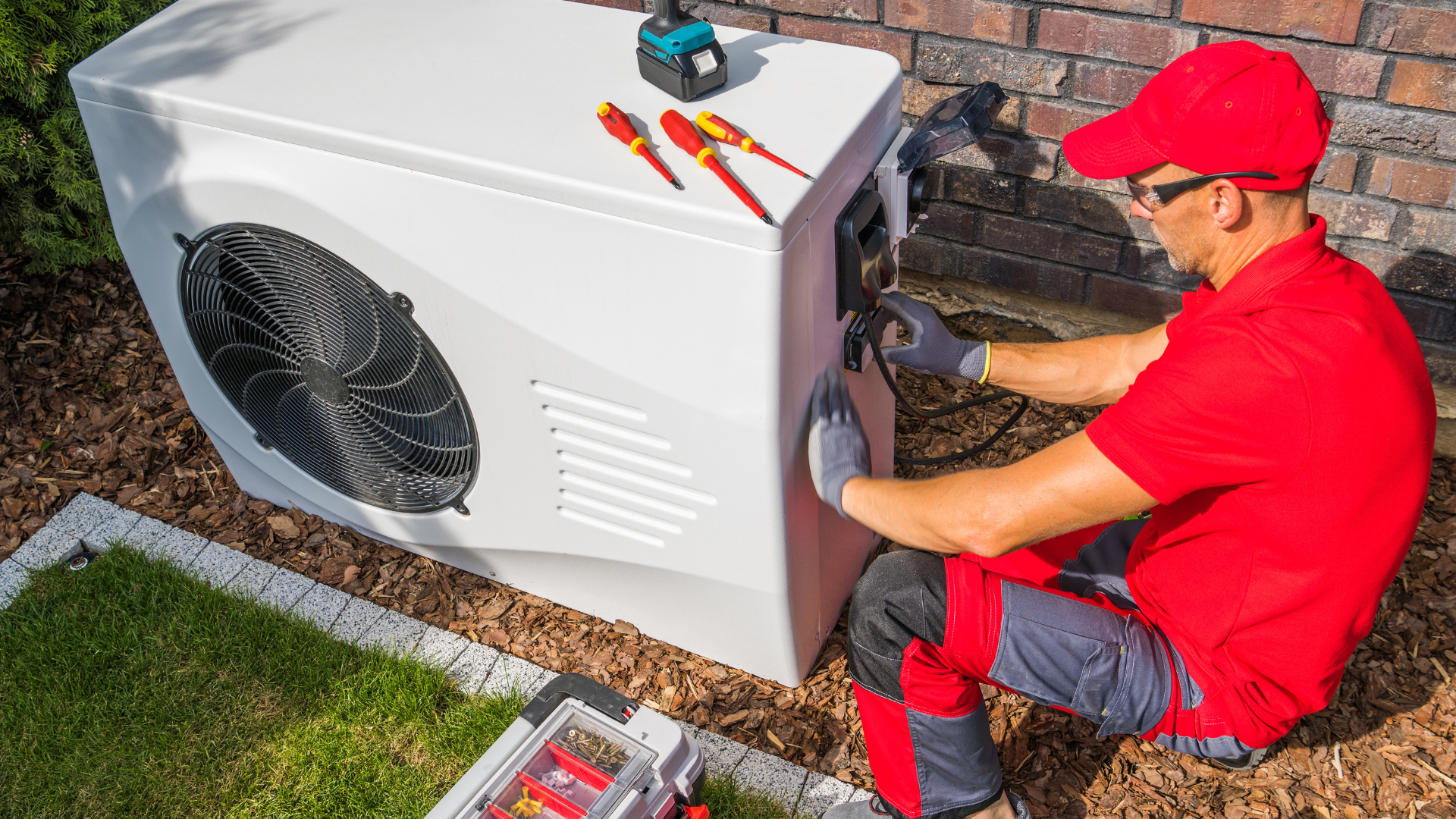
As R-410A is phased out, we’ll start using A2L refrigerants like R-32. These new refrigerants have a lower GWP, which means they’re better for the environment. However, they are mildly flammable, so extra safety measures are needed.

